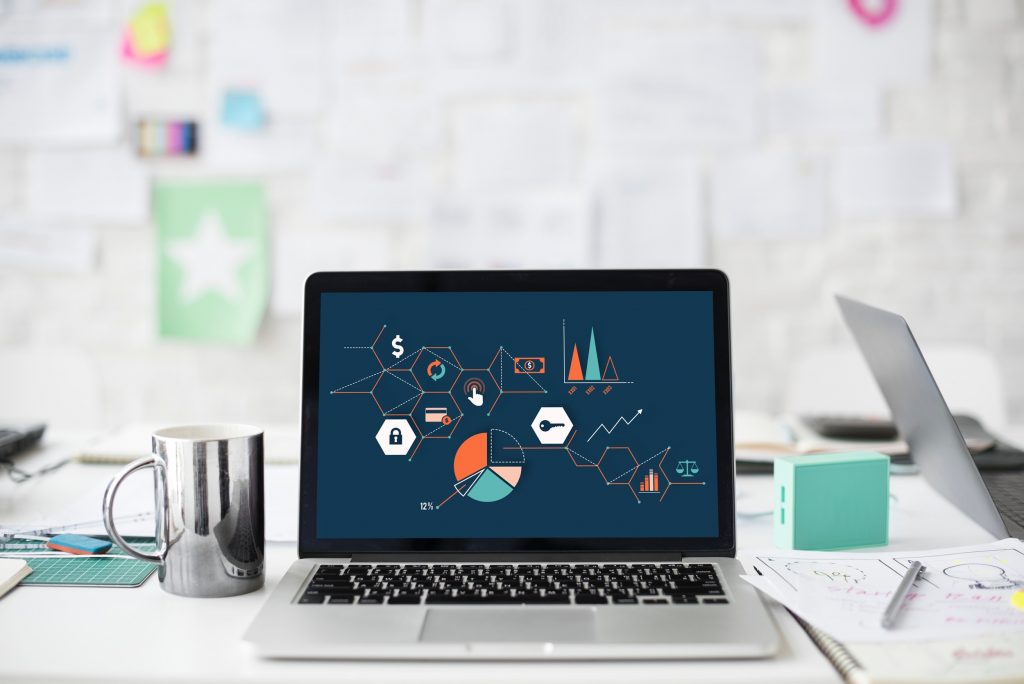Agencies need a way to cut IT costs, boost employee productivity, and deliver high-definition user experiences on any device. And they need to do all of that without sacrificing security.
That’s a tall order, but with secure digital workspaces it’s possible. Digital workspaces are virtual – rather than physical or hardware-based – workspaces.
The ability to securely access a remote Windows or Linux desktop isn’t enough in today’s government. Users can still only use what’s on their standard computer interface, and they often face significant performance issues when remotely accessing those resources.
Agencies need to optimize user experiences to increase adoption, maximize capabilities by minimizing the number of consoles to manage, and ensure sensitive data stays safe — even in BYOD programs where employees access apps and data from personal devices.
With a secure digital workspace, agencies can make their applications and data available across multiple platforms and greatly enhance the user experience. Entire workflows, along with necessary resources and information, can be made available to any employee, on any device, in any location.
Application layering facilitates this capability by separating apps from the underlying operating system. Then, they can be managed once, but delivered across multiple devices. Agencies can also avoid completely reconfiguring their infrastructures.
But just because these apps and data are now scalable across the enterprise doesn’t mean they are simply flowing outside the agency without regard for cybersecurity. Virtual solutions like Citrix Workspace are specifically designed to ensure that security is maintained, no matter where information flows.
For example, a worker inside the agency can open an app or file in a local web browser because Citrix Workspace knows that the worker is on a trusted network. They can print, copy/paste and take other actions with that file. That same worker can then access the same file later, from a different device at home, running on a different operating system. Security is maintained because the device and user are verified.
And the employee doesn’t have to worry about declining user experience. Virtual apps and desktops seamlessly adapt to different screens, over congested or distant networks, and using all kinds of accessories and peripherals. Plus, Citrix Workspace can adjust how data is delivered based on the network. In lower bandwidth situations, processing may be offloaded to the server or the device to ensure the user experience is maintained.
With the right virtual application and desktop solutions, agencies can empower their mobile workforce. But to ensure security and operability, you also need to run your virtual workloads on a secure cloud environment. In our recent course, The Smart Way to Deliver New Workloads in Government, we explain how to choose that environment. Access the free, 10-minute course here.
